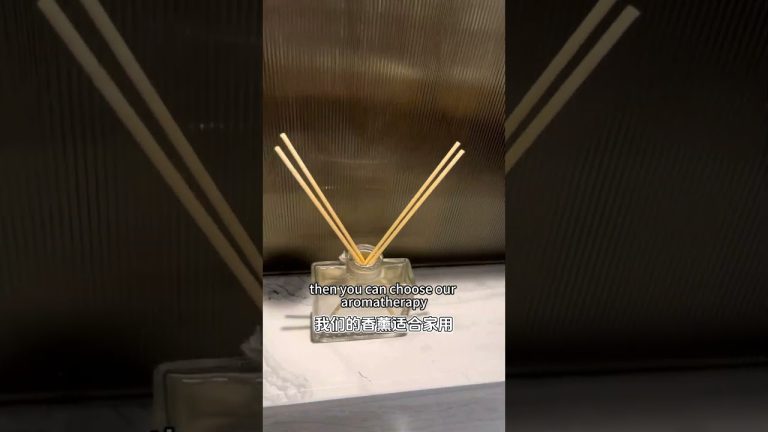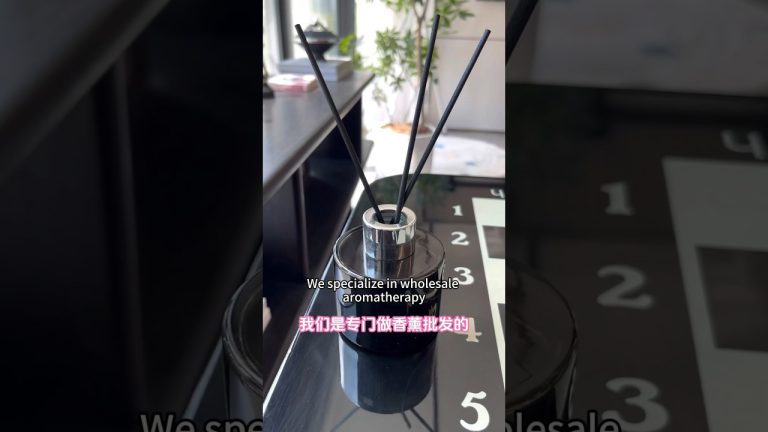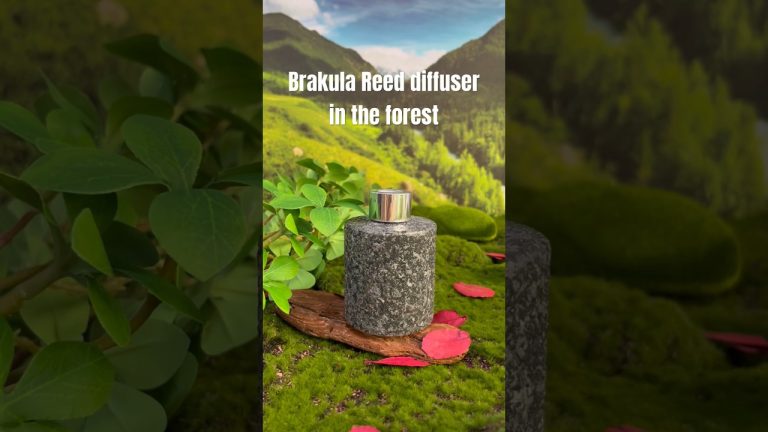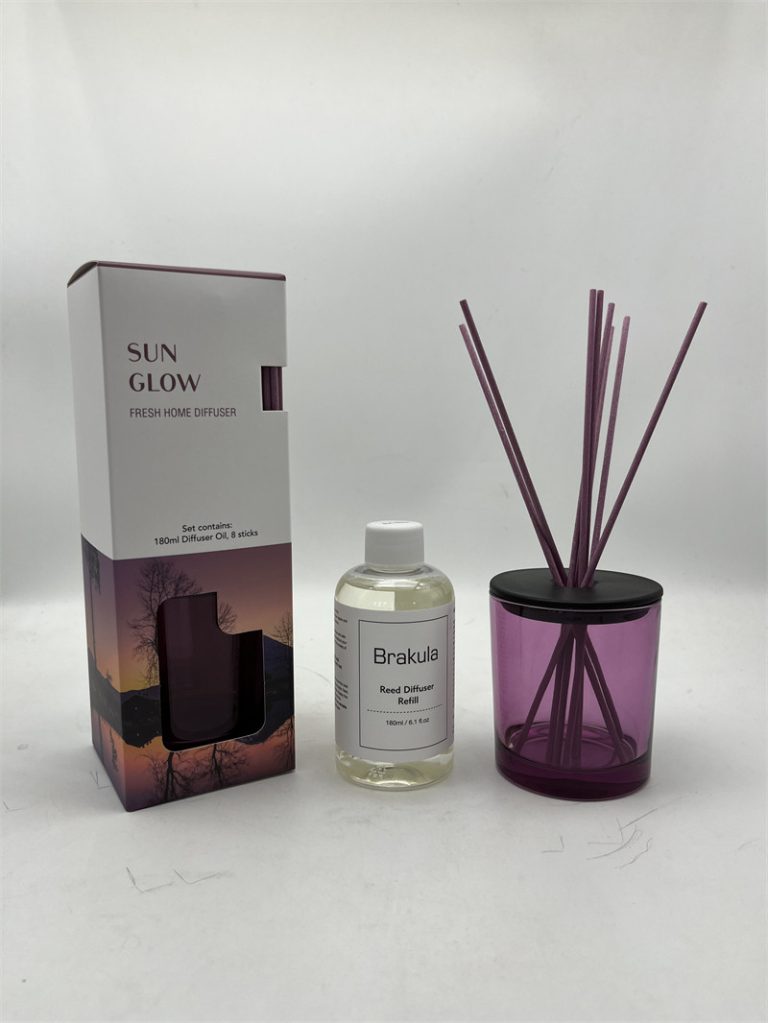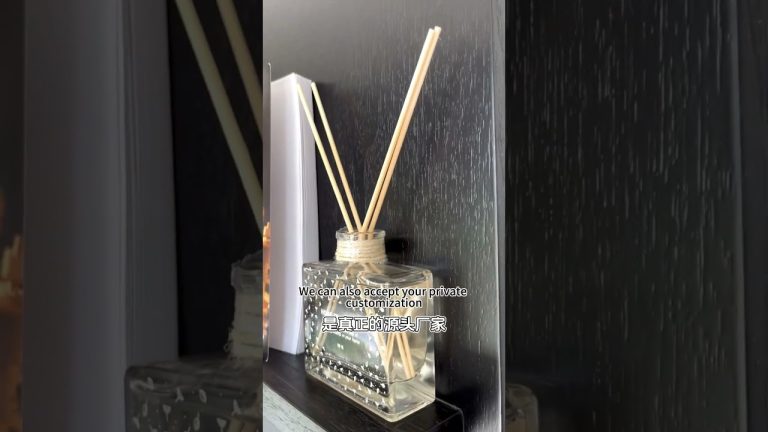Table of Contents
The History of Perfume: From Ancient Egypt to Modern Times
Perfume has been a part of human history for thousands of years, with evidence of its use dating back to ancient civilizations such as Egypt. The art of perfumery has evolved over time, with different cultures and time periods influencing the scents and techniques used to create these fragrances.
In ancient Egypt, perfume was considered a luxury item reserved for the elite and was often used in religious ceremonies and rituals. The Egyptians were skilled in the art of extracting essential oils from plants and flowers, which they used to create fragrances that were both pleasing to the senses and believed to have spiritual significance.
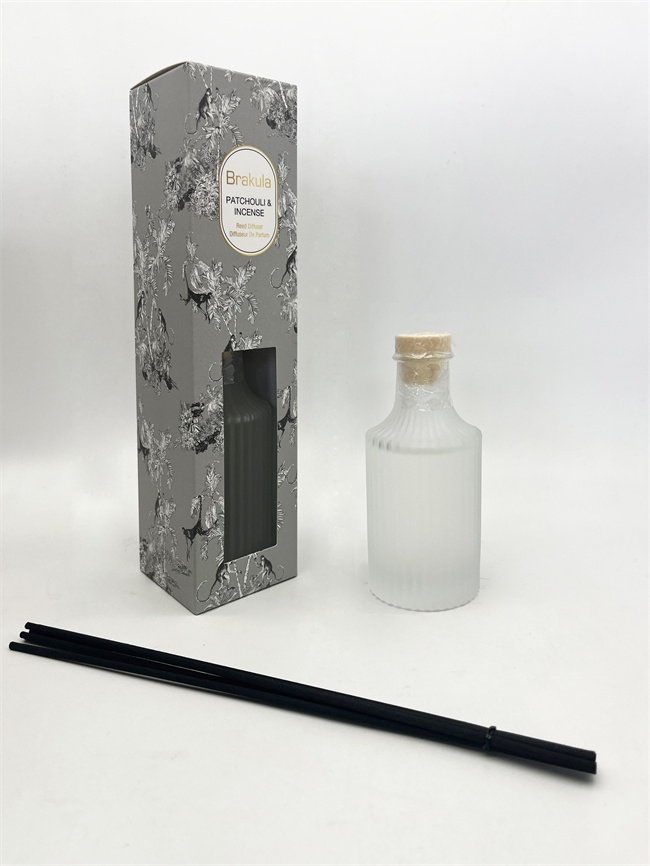
As trade routes expanded and civilizations interacted with one another, the use of perfume spread to other parts of the world. The Greeks and Romans were known for their love of perfume, using it not only for personal adornment but also as a way to mask unpleasant odors. The Romans in particular were skilled in the art of blending different scents to create complex fragrances that were popular among the upper classes.
| Product Name | Indoor Aromatherapy |
| Material | Platstic |
| Suitable for | Garage |
| Scents | Patchouli & Incense, Inspire |
| Capacity | 500ml |
| Color | Silver |
| Origin | China Company |
| Duration | 90-120days |
During the Middle Ages, perfume fell out of favor in Europe due to its association with pagan rituals and superstitions. However, the art of perfumery was kept alive in the Middle East, where Islamic scholars and traders continued to refine the techniques of extracting essential oils and creating fragrances.
The Renaissance period saw a revival of interest in perfume in Europe, with the nobility and royalty commissioning perfumers to create custom scents for them. The French court in particular became known for its love of perfume, with the creation of the first modern perfume house in the 17th century.
The Industrial Revolution brought about significant changes in the way perfume was produced, with the invention of synthetic fragrances allowing for a wider range of scents to be created. This period also saw the rise of mass-produced perfumes, making these luxury items more accessible to the general public.
In the modern era, perfume has become a multi-billion dollar industry, with countless brands and scents available on the market. The art of perfumery continues to evolve, with perfumers constantly experimenting with new ingredients and techniques to create unique and innovative fragrances.
Fragrance Diffuser
Whether you are a perfume enthusiast or simply curious about the history of fragrance, there is much to learn about this fascinating art form. From the ancient Egyptians to modern-day perfumers, the history of perfume is a rich tapestry of culture, art, and science. So next time you spritz on your favorite scent, take a moment to appreciate the centuries of history and tradition that have gone into creating that bottle of perfume.
How to Create Your Own Signature Scent: A Beginner’s Guide
Perfume and fragrances have been used for centuries to enhance our personal grooming routines and leave a lasting impression on those around us. The art of creating a signature scent is a skill that many people aspire to master, but it can seem like a daunting task for beginners. However, with the right guidance and a little bit of practice, anyone can learn how to create their own unique fragrance that reflects their personality and style.
One of the first things to consider when creating your own signature scent is the type of fragrance you prefer. There are four main categories of fragrances: floral, oriental, woody, and fresh. Each category has its own unique characteristics and can evoke different emotions and memories. By determining which category resonates with you the most, you can narrow down your options and focus on creating a scent that aligns with your personal preferences.
Once you have chosen a fragrance category, the next step is to select the individual notes that will make up your signature scent. Fragrances are typically made up of three layers: top notes, middle notes, and base notes. Top notes are the first scents you smell when you apply a fragrance, while middle notes emerge after the top notes have faded, and base notes linger on the skin for hours. By selecting a combination of notes from each layer, you can create a well-rounded fragrance that evolves over time.
When selecting notes for your signature scent, it’s important to consider how they will interact with each other. Some notes complement each other, while others may clash and create an unpleasant scent. Experimenting with different combinations of notes is key to finding the perfect balance for your fragrance. Additionally, it’s important to consider the intensity of each note, as some may overpower others if used in excess.
After selecting your notes, the next step is to create a fragrance blend. This can be done by mixing the individual notes together in different ratios until you achieve a scent that you are happy with. It’s important to take your time during this process and not rush to create your signature scent. Perfume making is an art form that requires patience and experimentation, so don’t be discouraged if your first few attempts don’t turn out as expected.
https://reedaromalab.com/tag/high-quality-room-sprays-china-best-supplierOnce you have created your fragrance blend, it’s time to test it on your skin. The chemistry of your skin can alter the way a fragrance smells, so it’s important to see how your signature scent reacts with your body chemistry. Apply a small amount of the fragrance to your pulse points and allow it to develop over time. If you are happy with the way it smells on your skin, congratulations – you have successfully created your own signature scent!
In conclusion, creating your own signature scent is a rewarding experience that allows you to express your individuality and creativity. By following these steps and experimenting with different notes and blends, you can create a fragrance that is uniquely yours. Remember to take your time, be patient, and have fun with the process – after all, perfume making is an art form that should be enjoyed.

